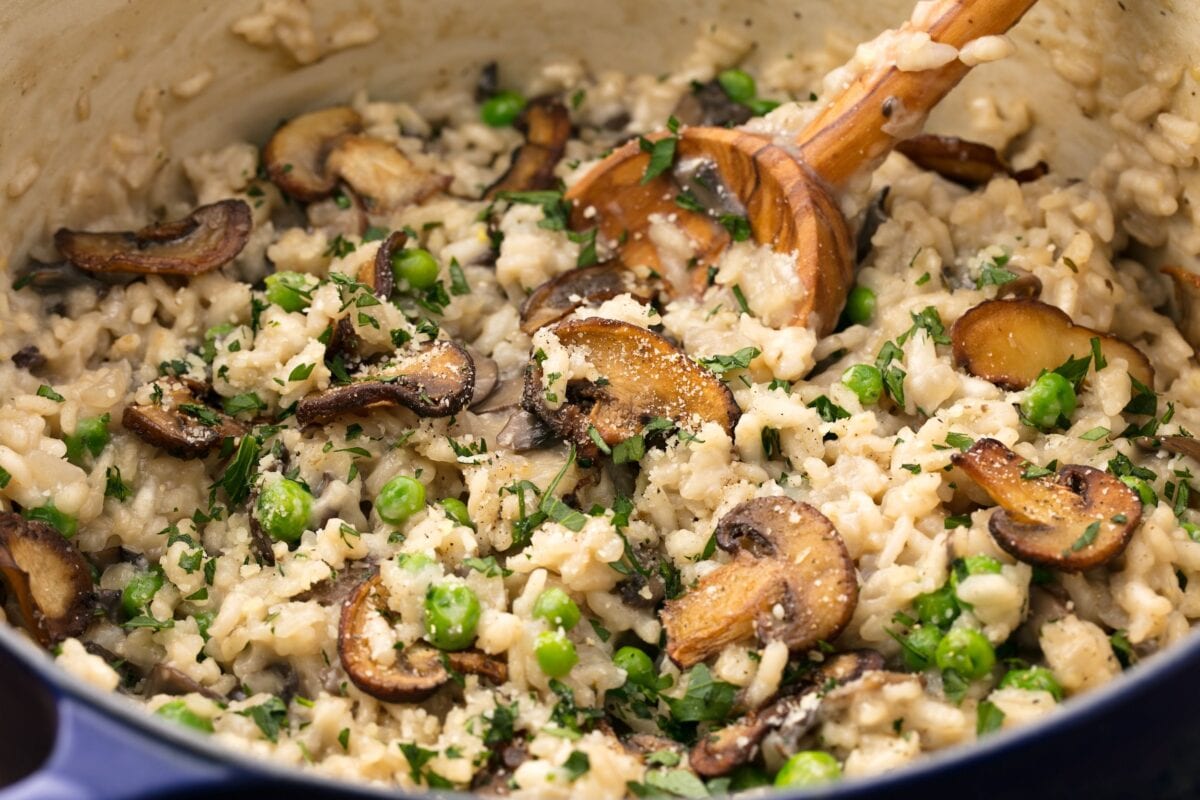

She also notes some seniors have genuine fears about COVID, and are afraid to buy food in person. “And a lot of times, in that equation, food loses out.” “With the cost of gas rising, with the cost of housing rising, with the cost of medicine rising, our seniors are having to make really tough decisions about what they are going to spend their fixed incomes on,” Day says.

The Department of Human Services says senior visits to food shelves have increased 31% since pre-pandemic 2019 - that nearly 4% of Minnesota seniors - about 36,000 people - are dealing with food insecurity issues. “Especially over the COVID pandemic, we’ve seen those seniors need to access those food resources and come to us, and a lot of community partners for that as well,” she notes. “Seniors are the fastest growing population using food shelves.”ĭay says her organization serves about 6,500 seniors a month, through a USDA effort program called the Commodity Supplemental Food Program, or CSFP for short. “So we’re seeing a lot of seniors visiting food shelves in Minnesota, often for the first time,” says Taylor Day, the Senior Program Manager with Second Harvest Heartland. The latest numbers from Feeding America, a national hunger project, show that one in fifteen seniors nationwide are food insecure - with limited access to enough food to live a healthy lifestyle. Rabatin, whose family has a history of heart disease, isn’t alone. “Probably this is something I should have done a long time ago.” “They always bring up to you, diets and exercise and so that’s something I like to do, even though I’m a senior citizen,” he declares. The health care provider is partnering with FarmboxRx, a national food supplier, to give the boxes out to Medicare recipients for free.

It’s part of an effort to give seniors, including those on fixed incomes - access to healthy food. Since January, HealthPartners has delivered nearly 18,000 boxes to more than 1,800 recipients.


 0 kommentar(er)
0 kommentar(er)
